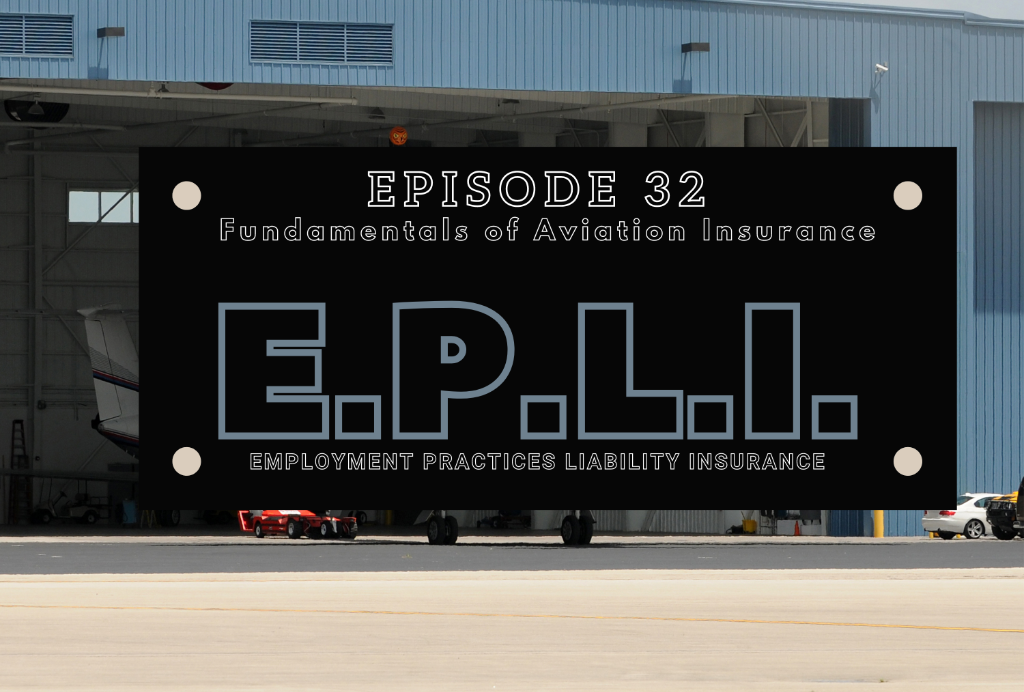Welcome back to the Aviation Insurance Blog!
Aircraft and Aviation Commercial General Liability (CGL) insurance policies exclude any type of loss or injury to employees or losses related to the employment-related exposures. The reason this exclusion exists is that the exposure is designed to be better covered elsewhere. In this case, the injury to employees is addressed in Workers Compensation Insurance, which is the statutory sole remedy for employee-related issues. Exposures due to the practice of employing people can be insured in an Employment Practices Liability Insurance (EPLI)
According to the Insurance Risk Management Institute (IRMI), the definition of Employment Practices, Liability Insurance “is a type of liability insurance covering wrongful acts arising from the employment process. The most frequent types of claims covered under such policies include wrongful termination, discrimination, sexual harassment, and retaliation. In addition, the policies cover claims from a variety of other types of inappropriate workplace conduct, including (but not limited to) employment-related: defamation, invasion of privacy, failure to promote, deprivation of a career opportunity, and negligent evaluation. These policies cover directors and officers, management personnel, and employees as insureds. One exclusion typically is intentional acts. If you did something intentionally, that is not going to be protected under the EPLI insurance policy.”
There are a few differences between the EPLI policy form and an aircraft or aviation commercial general liability form. EPLI policies are written on a claims-made basis. Aircraft and aviation CGL policies are typically written on an occurrence basis. In an aircraft or aviation CGL policy when an occurrence happens in this policy period, and the claim is made against us next year, the policy that was in force the year when the occurrence happened would respond. With EPLI, coverage will only respond to claims made within the policy period regardless of the date of the occurrence. There is only coverage for this exposure during the period the policy is in effect. That’s why it’s called a claims-made policy. This means that it is important to continue to carry coverage for a period of time after you stop employing people to address the tail exposure.
There is another important difference between an EPLI policy and aircraft and aviation CGL policies. The defense costs on most aircraft and aviation CGL policies are separate from our “outside” the limits of liability. In the EPLI policy, the defense costs are “inside” the policy limits. As the defense costs are spent, it lowers the limit of liability available to pay out damages or a court award. This is often referred to as the “Shrinking Limit” provision.
Employment Practices Liability Insurance is a critical coverage to have if you employ anyone in your business. While EPLI is typically available as a standalone policy, it is frequently sold as part of a management liability package policy. A management liability package policy often provides EPLI coverage, fiduciary liability, and typically includes Directors’ and Officers’ liability insurance.
If you’d like to discuss the exposure in more detail or to seek a proposal to obtain this coverage, please contact Aeris Insurance Solutions.


